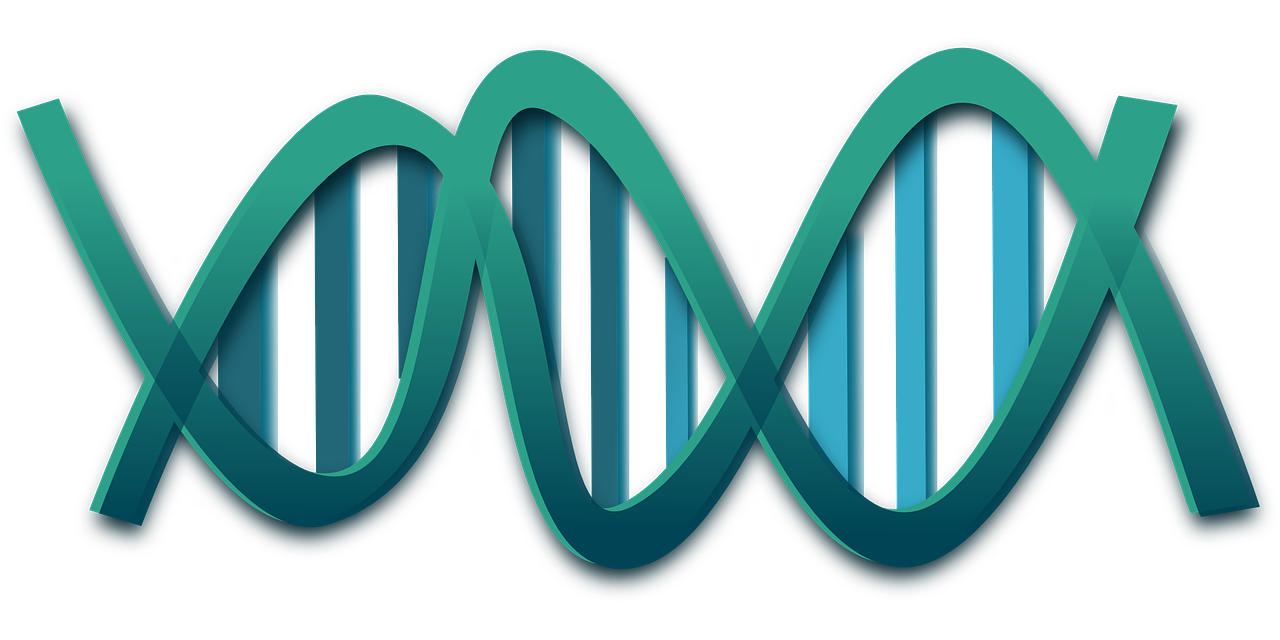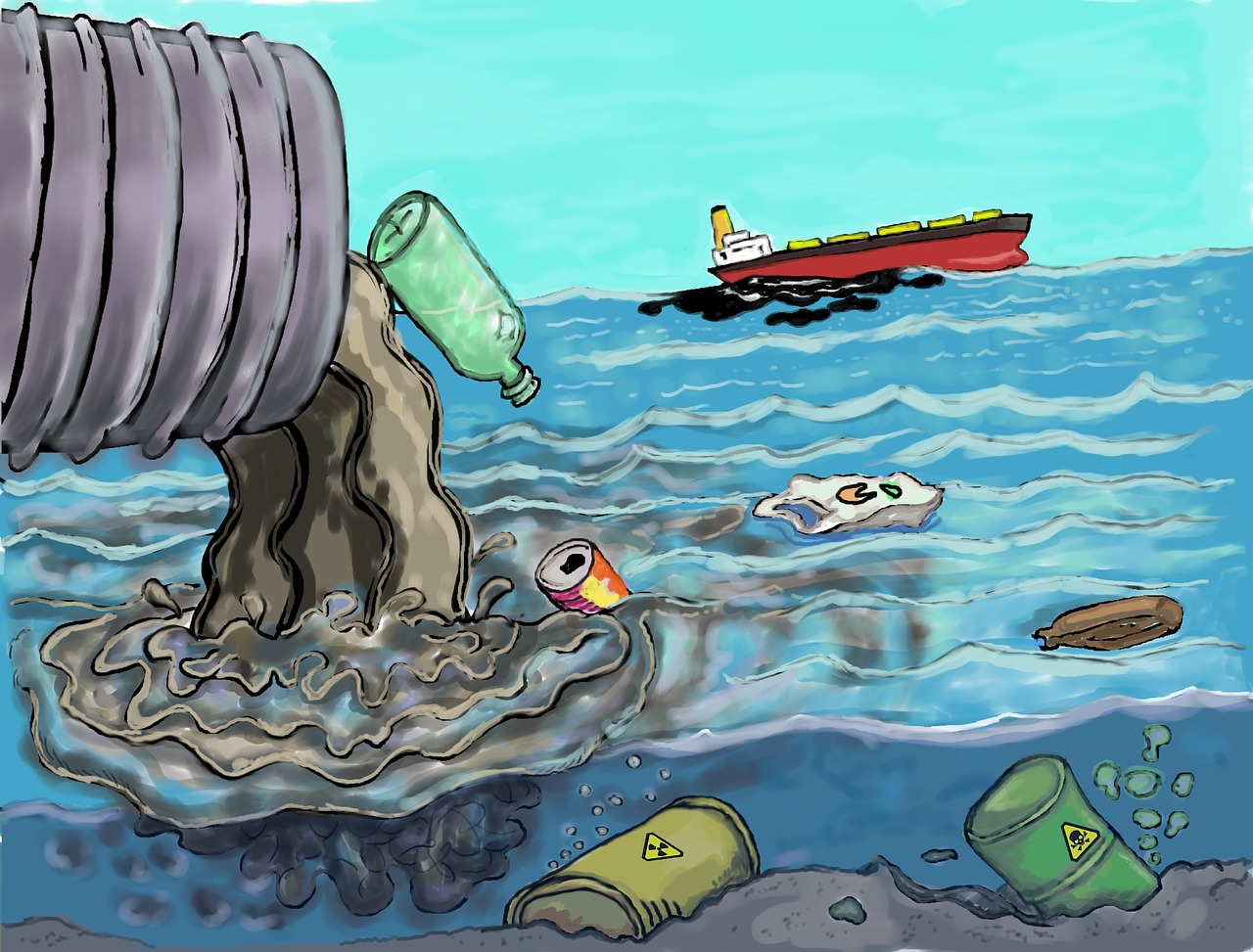
New Nano Molecule for Breast Cancer Therapy Shows Promise
- News
- 1.6K
Researchers at Rajiv Gandhi Centre for Biotechnology, Thiruvananthapuram, and CSIR-North East Institute of Science and Technology (CSIR-NEIST), Jorhat, have developed a new molecule that could potentially be used as a photosensitizer in a non-invasive cancer treatment known as photodynamic therapy.
Photodynamic therapy is an emerging treatment method considered safer than conventional techniques. It involves the use of chemical substances called photosensitisers that can be activated by light to target and kill cancer cells.
Photosensitisers selectively accumulate in malignant cells. When a laser light activates them, the chemicals generate highly reactive oxygen ions, called reactive oxygen species. These ions create oxidative stress in tumour cells thereby leading to their natural death via chemical and biological mechanisms.
The major challenge of photodynamic therapy lies in developing photosensitisers that have increased solubility in biological media.
In the new study, researchers have developed zinc-based picolyl porphyrin nano-molecule that shows promising results. Preliminary tests conducted on breast cancer cells indicate its potential as an effective photosensitiser molecule.
The team has developed the new molecule by inserting zinc ions into a nanostructure made of two other molecules called picolylamine and porphyrin.
“By inserting zinc ions to picolyl-porphyrin nanostructure we found an enhanced oxygen ion generation and photodynamic activity,” explained Betsy Marydasan, first author of the study from Rajiv Gandhi Centre for Biotechnology, while speaking to India Science Wire.
Morphological and structural analysis using techniques such as Scanning Electronic Microscopy and tunnelling electron microscopy has established the structural strength of the nanostructure.
Photo-physical studies showed that the molecule had enhanced water solubility and was found to generate 59% reactive oxygen species. Overall, the new molecule exhibited a better effect compared to conventional photosensitisers such as photofrin and foscan.
Standard biological assays were conducted on breast cancer, colon cancer and cervical cancer cells. The new molecule exhibited maximum efficiency in killing breast cancer cells.
“Our photosensitiser molecule showed intense fluorescence in the cytoplasmic area of the cell, that is, outside the nucleus. PARP cleavage assay established that cell death happened via apoptosis. We are now looking to test the molecule in animal models,” said Dr Asha Nair, leader of the study team.
The team included Rajashree R Nair and P S Saneesh Babu (Rajiv Gandhi Centre for Biotechnology) and Danaboyina Ramaiah (CSIR-North East Institute of Science and Technology). The study results have been published in the journal ACSOmega. (ISW)
If you liked this article, then please subscribe to our YouTube Channel for the latest Science & Tech news. You can also find us on Twitter & Facebook.


